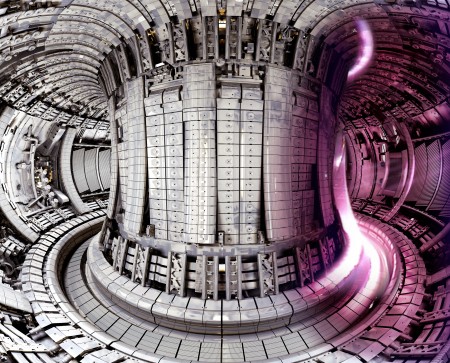
The CR Funds Next Generation Fusion Energy Research
This week, the Congress will pass “Omnibus” legislation that will fund the government through the remainder of the 2017 Fiscal Year. Almost exactly 8 months after the start of the 2017 Fiscal Year, this budget is long overdue.
The American Security Project always tracks funding for fusion research because we understand how important a breakthrough in fusion would be for America’s long term national security. Even more, how Congress funds speculative scientific research like fusion is an important signal of how Members of Congress value investments for the future overall.
In this budget, the Fusion Energy Sciences program within the Department of Energy’s Office of Science gets $380 million, a reduction of $58 million below the FY16 level.
However, the distribution of that $380 million is important – the $330 million for the domestic fusion research program is an increase of $7 million over the FY16 enacted, while the funding for construction of the international ITER reactor was cut by $65 million below last year’s enacted funding level to only $50 million.
Given Congressional concerns about ITER’s management and budget over-runs, is was appropriate for a decrease in funding. However, should ITER prove that those problems are behind it, it deserves a significant increase in future years. After all, the United States gets 100% of the scientific results from ITER while only paying 9% of the costs.
In NNSA, there is $523 million for them Inertial Confinement Fusion program. Of that, $330 million is for the National Ignition Facility and $68 million is for the OMEGA program.
Even after threats to close ARPA-E, it remained funded in this budget: with a $15 million increase to $277 million. ARPA-E’s ALPHA program is supporting some pathbreaking fusion research in universities, national labs, and private companies around the country.
Finally, Congress included language in the report to accompany the legislation directing the DoE to submit a report summarizing the fusion energy science community’s to advance and plan for the long term vision of the fusion energy sciences field. This will be an opportunity to discuss the need for real leadership within the DOE on this issue, while also discussing how to match the programs priorities and goals with funding within the program.
As the first time the Trump Administration has had an opportunity to weigh-in on fusion budgets, it gives room for growth down the line.





